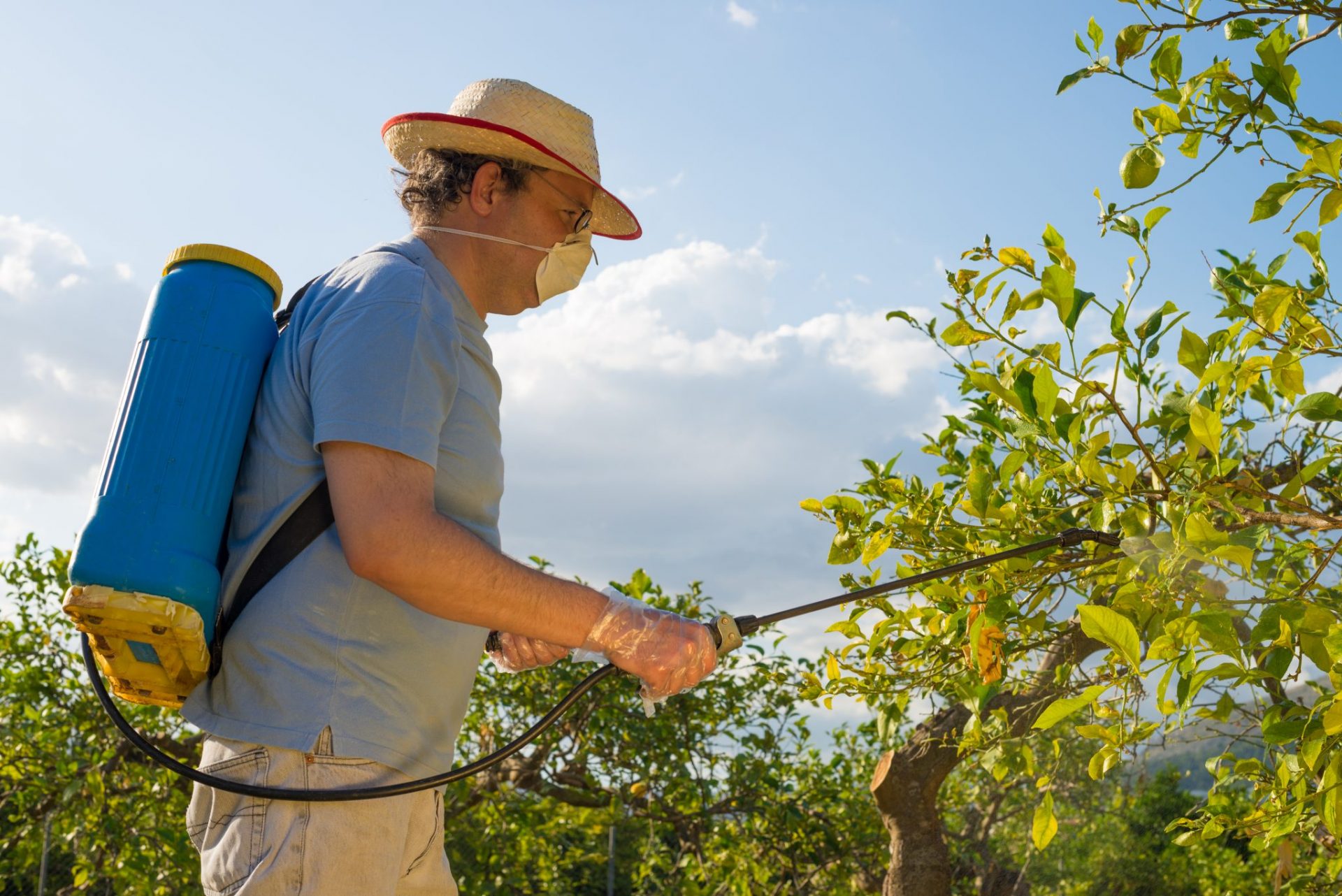Smoking ALERT: The real danger of e-cigarettes and vaping
(NaturalHealth365) When it comes to smoking, there’s some good news, then bad news – and a bit more (really) bad news. First, the bad news: cigarette smoking is the leading preventable cause of death, bar none.
According the U.S. Centers for Disease Control and Prevention (CDC), as many as 1 in 5 annual U.S. deaths are attributable to cigarettes. That’s nearly half a million people – every year – dying from a destructive habit.
The good news is that the rates of cigarette smoking is going down. In 2005, for example, over 20% of American adults smoked. This fell to just over 15% in 2016.
But, we mentioned the extra bit of (really) bad news, which comes in the form of an e-cigarette. This so-called “safe” alternative to smoking isn’t as safe as the “vaping” community would once have you believe.
In fact, new research from Harvard T.H. Chan School of Public Health snuffs out this idea.
Deceptive marketing tactics make younger adults believe that vaping is ‘better’ than smoking regular cigarettes
Back in 2003, when the e-cigarette was first introduced to the Chinese market, this alternative to traditional tobacco smoking was touted as a safer option. And marketers made sure to put that message out there, spending billions of dollars on advertisements – many of which were aimed at younger generations.
In fact, the CDC notes children and teens are exposed to e-cigarette ads at an ever-increasing rate. For example, 4 in 5 middle school and high school-aged kids saw vaping ads in 2016 alone.
It’s not surprising, then, to see how vaping has become so popular among teens and college-aged kids, with e-cigarette brands like Juul achieving practically a cult-like following among campuses.
And the prevalence of vaping is high among adults, too. According to Reuters, 10.8 million adult Americans (about 1 in 20) are currently vaping.
But wait, isn’t this a GOOD thing? Isn’t it good that kids, teens, and adults are abandoning harmful and deadly cigarettes in droves for less harmful and “safer” e-cigarettes?
New research suggests vaping isn’t as “harmless” as marketers say
A recent study out of the Harvard T.H Chan School of Public Health discovered that popular chemical flavorings in almost all e-cigarettes damage cilia in human airways, and therefore impair lung function.
Cilia are like little hair-like antennaes found on most of the cells in your airway. They help clear out mucus, dirt, and other debris, and are essential for helping with respiration.
And because cilia dysfunction is related to life-altering conditions like chronic obstructive pulmonary disease (COPD) and asthma, these new findings are a major cause of concern.
Of course, vaping is generally considered the lesser of two evils. In other words, if you’re going to “light up” anything, you’re better off using an e-cigarette.
A 2014 systematic review published in the journal Therapeutic Advances in Drug Safety suggests as much, with the authors concluding: “Currently available evidence indicates that electronic cigarettes are by far a less harmful alternative to smoking and significant health benefits are expected in smokers who switch from tobacco to electronic cigarettes.”
Of course, when you think about it, we ought to take this advice with a grain of salt. After all, cigarettes are truly so horrendous for health, it’s hard to find something comparable.
Plus, e-cigarettes have been around for less than two decades. So, it’s reasonable to say the jury’s still out on the long-term health effects of vaping.
And how’s this for a radical idea: help more people learn natural, effective, and healthy ways to quit smoking (whether electronic or otherwise) altogether. There are solutions, and it IS possible to be free of an addiction to nicotine.
Some (natural) ideas to look into include: eating more fruits and vegetables – on a reglar basis – will make smoking taste bad compared to drinking alcohol and eating more red meat. Another idea is to keep your hands busy with healthier habits like cleaning up around the home or gardening.
Don’t do this alone: reach out to a helpful ex-smoker, friend or family member. Good support is crucial for your success and, remember, you deserve a healthier life.
Sources for this article include:
CDC.gov
CDC.gov
Harvard.edu
Reuters.com
Cancer.org
Eurekalert.org
NIH.gov
CASAA.org










